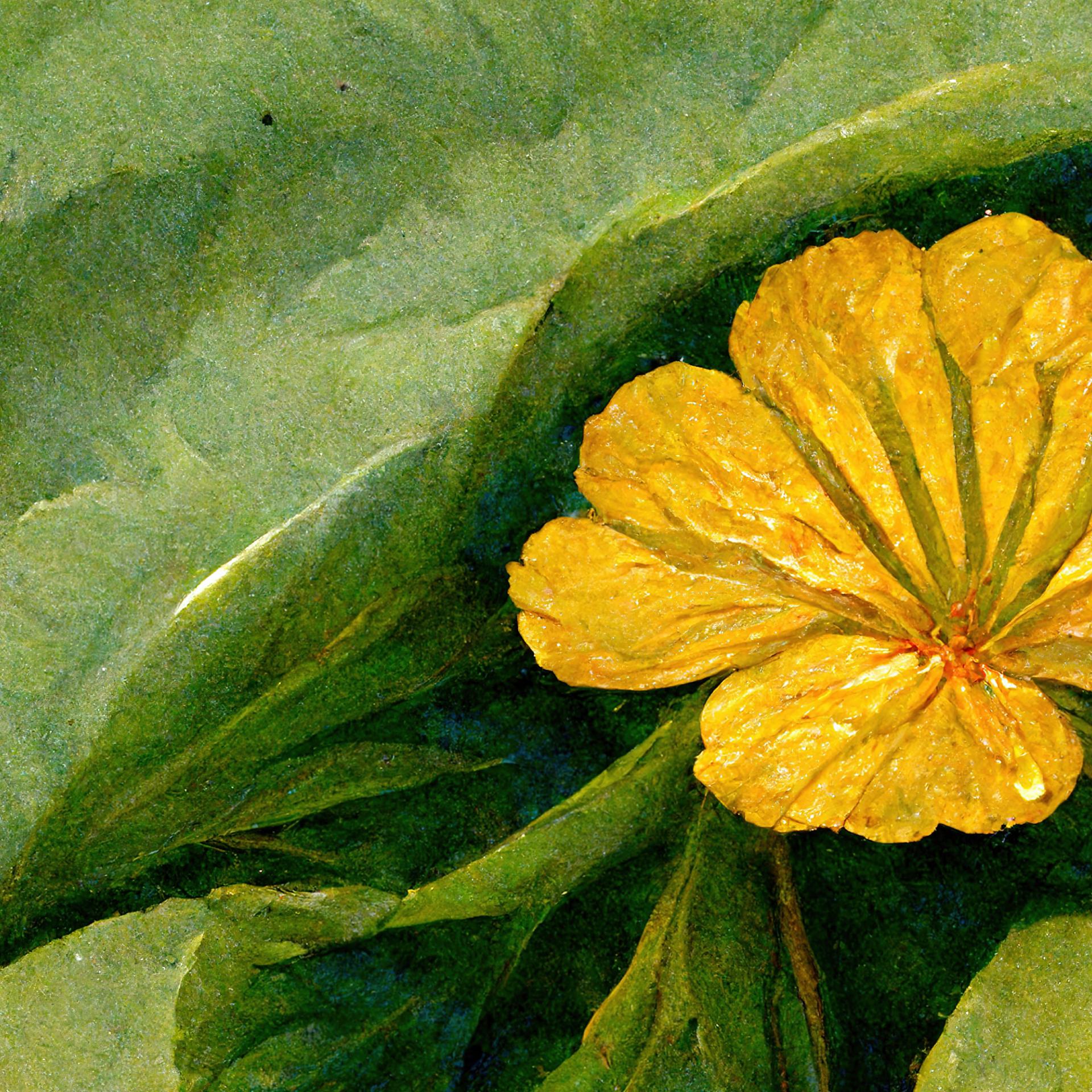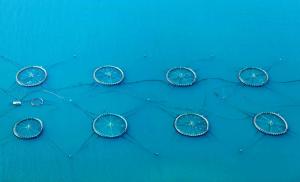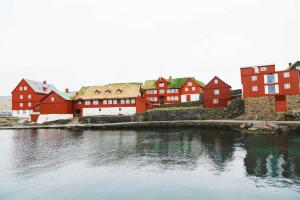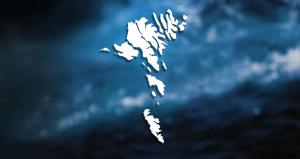NATIONAL SYMBOLS
- Ólavsøka (Faroese National Day) is held annually on July 29. Ólavsøka literal meaning is “Saint Olav’s Wake” (vigilia sancti Olavi in Latin). Norwegian King Olav II, also known as Saint Olav, died in battle on July 29, 1030. He played a pivotal role in bringing Christianity to the Faroe Islands. Ólavsøka is a celebration that commemorates King Olav II. On this day, as for the past 900 years, the yearly opening of parliament takes place.
- The Faroese flag, called Merkið, means “the banner” or “the mark.” Designed in 1919 by Jens Oliver Lisberg and other Faroese students living in Copenhagen, it was raised for the first time on June 22, 1919, in Fámjin, Mr. Lisberg's home village.
- The Faroese national coat of arms, Veðrur, comprises a blue shield with a silver ram, a motive dating back to the medieval period. When the Løgting was abolished in 1816, the coat of arms went out of use but returned in 1948 when the Home Rule Act came into force.


AI Generated photos of buttercups inspired, by Georgia O'Keeffe for Visit Faroe Islands ‘Imagine’ campaign.
- The oystercatcher (Tjaldur) is the Faroese national bird. It is black and white with a red bill. The oystercatcher leaves the islands during the fall, returning – to the delight of the Faroese – during the spring. Their return is celebrated annually during Grækarismessa on March 12.
- The Faroese national flower is the buttercup (Sólja).



- The national dress (Tjóðarbúni) is a recognised symbol of Faroese local and national identity, bearing great cultural significance. It is worn during Ólavsøka, at weddings and graduation ceremonies – generally during celebration occasions.
- Rowing (kappróður) is the national sport of the Faroe Islands. Rowers use traditional open Faroese boats with six to ten oars, and races range from 1000 to 2000 meters. The rowing season is brief, from early June to late July, but rowers train for several months before the first competition. Seven individual rowing races are held at regional village festivals. The final race takes place during Ólavsøka in late July.










